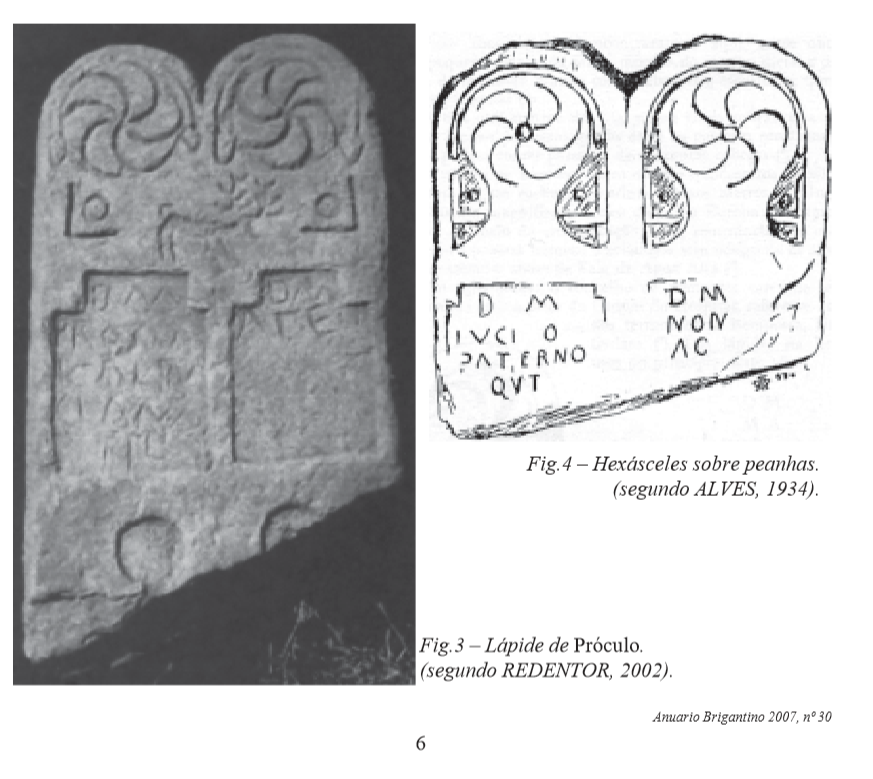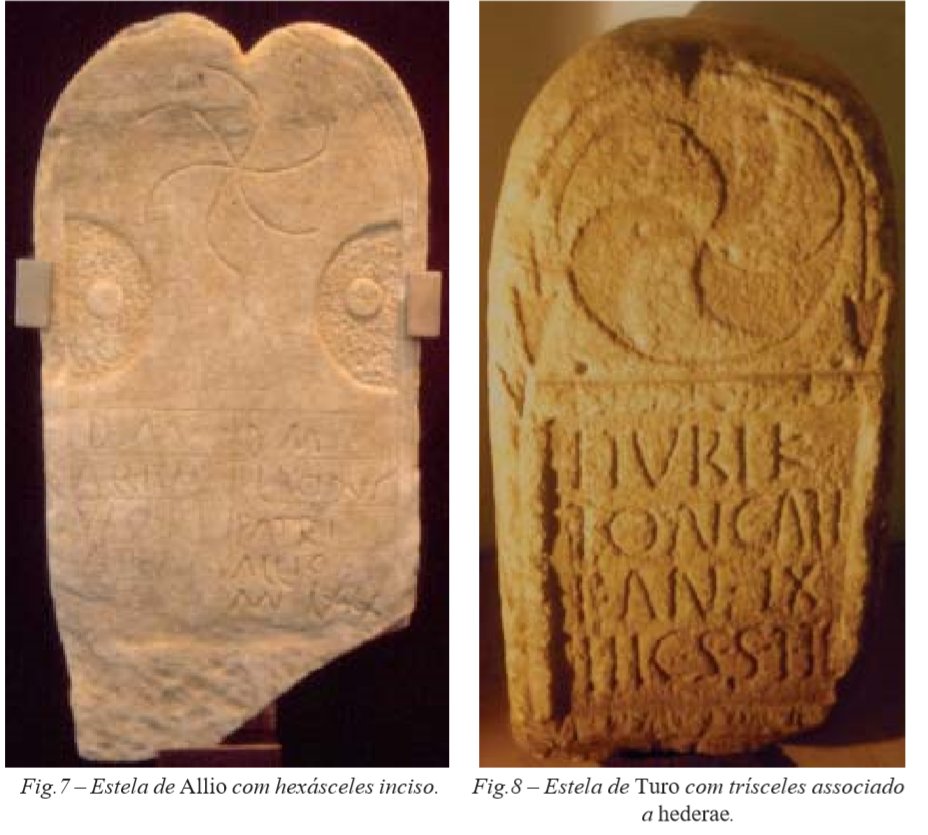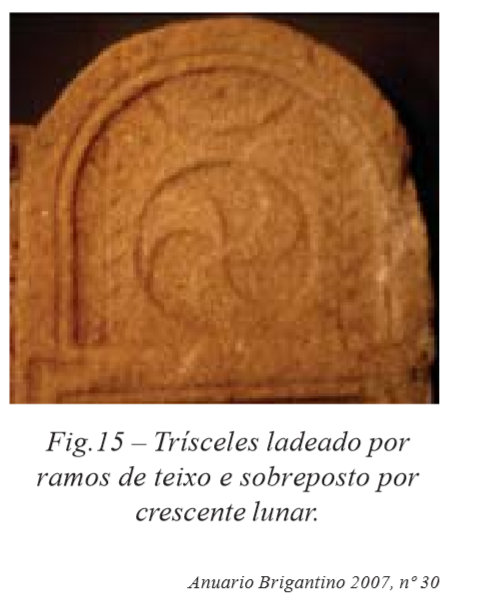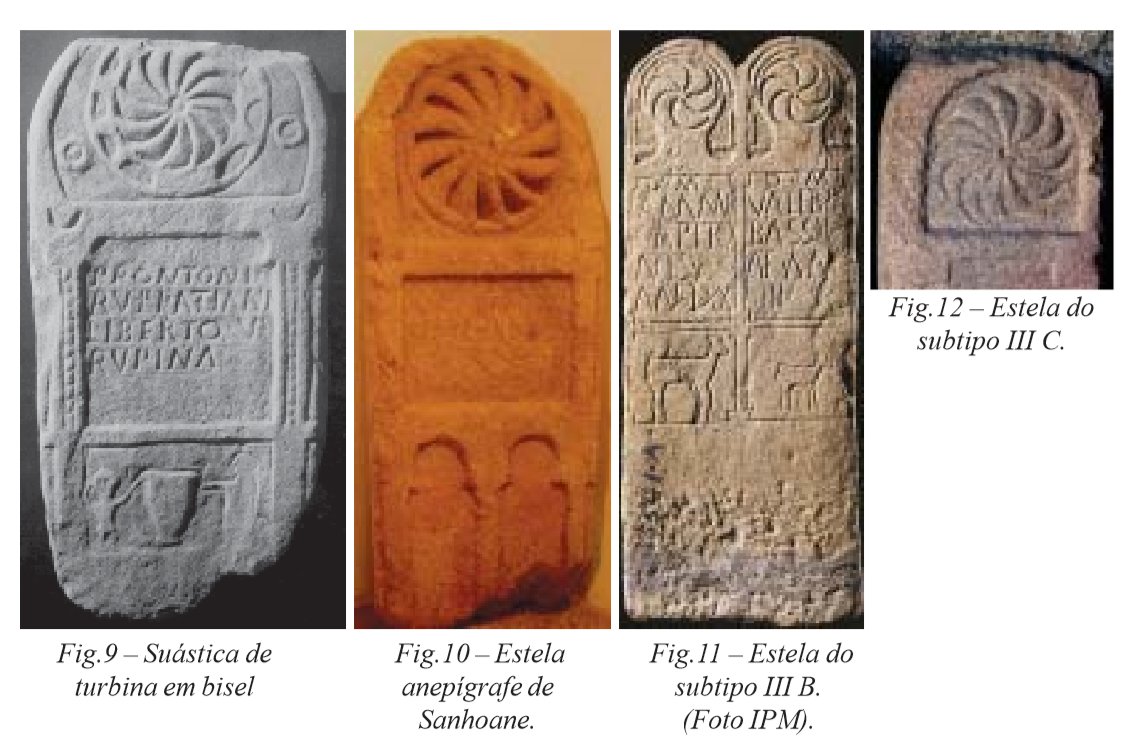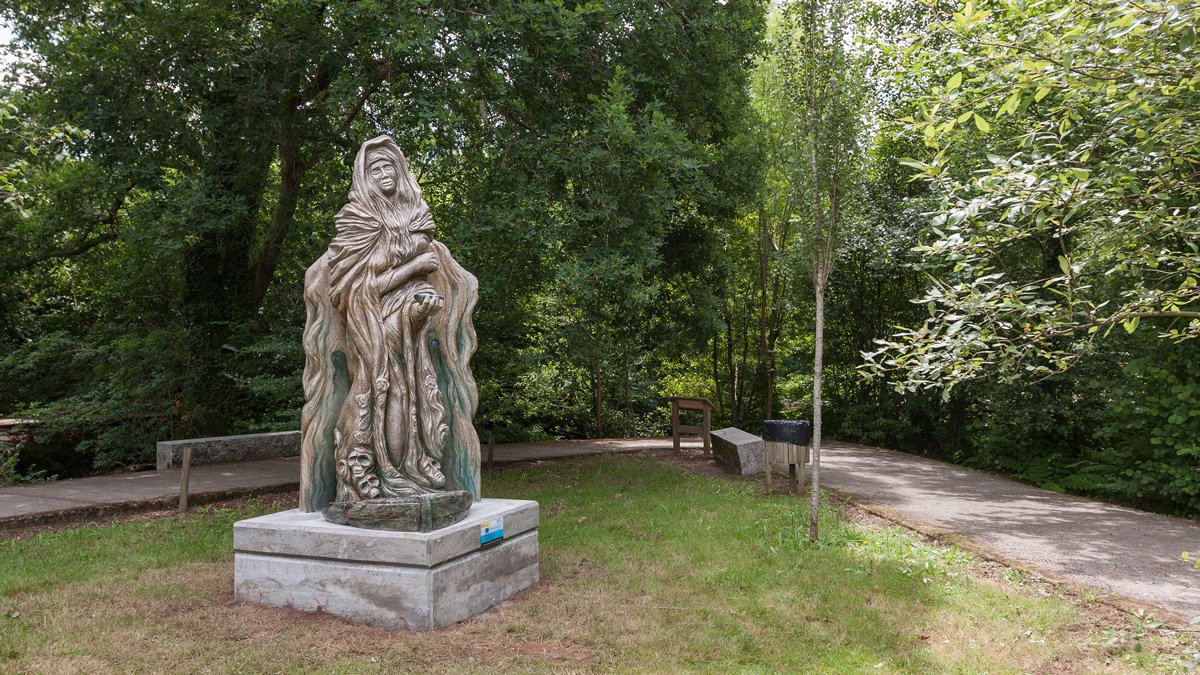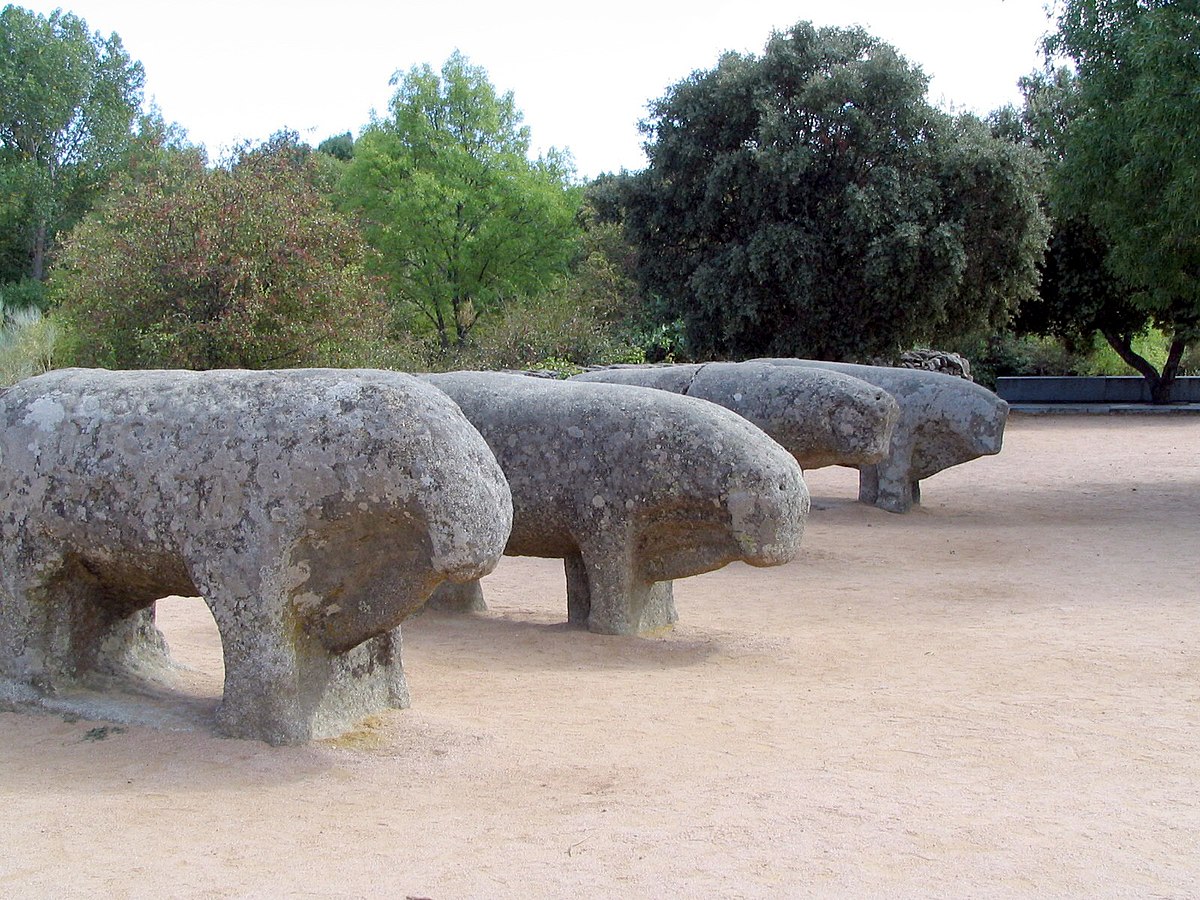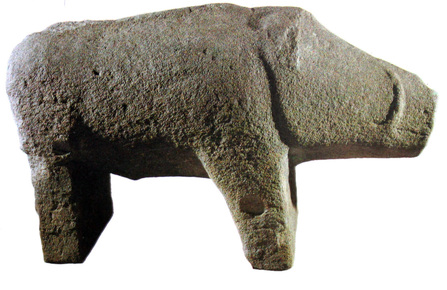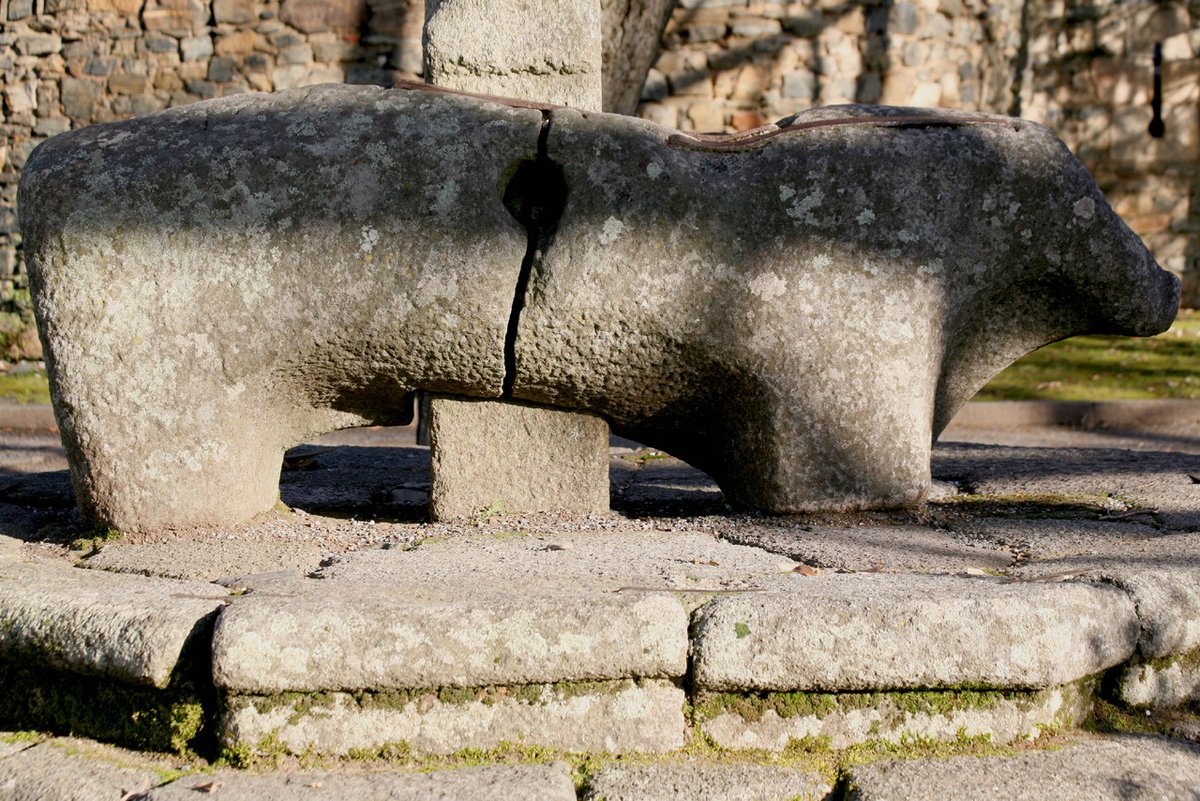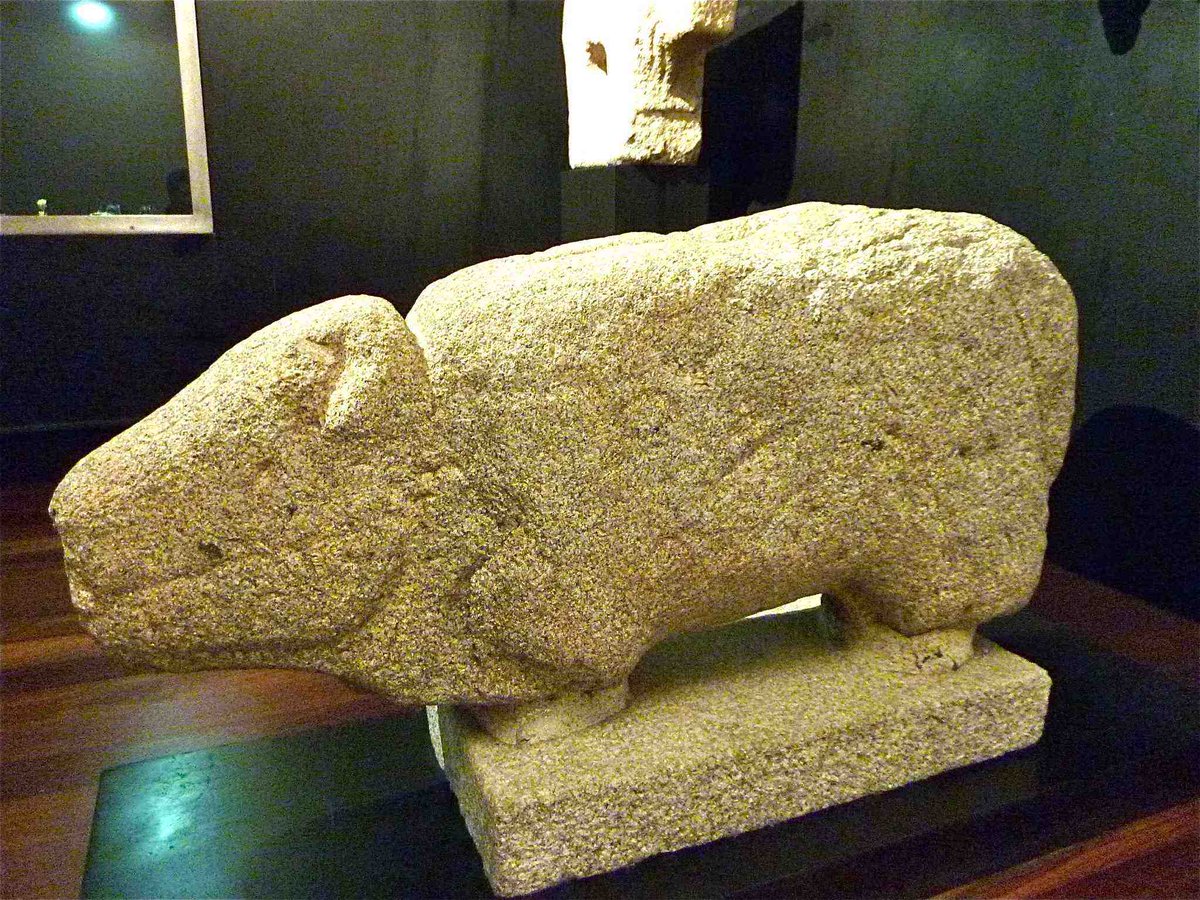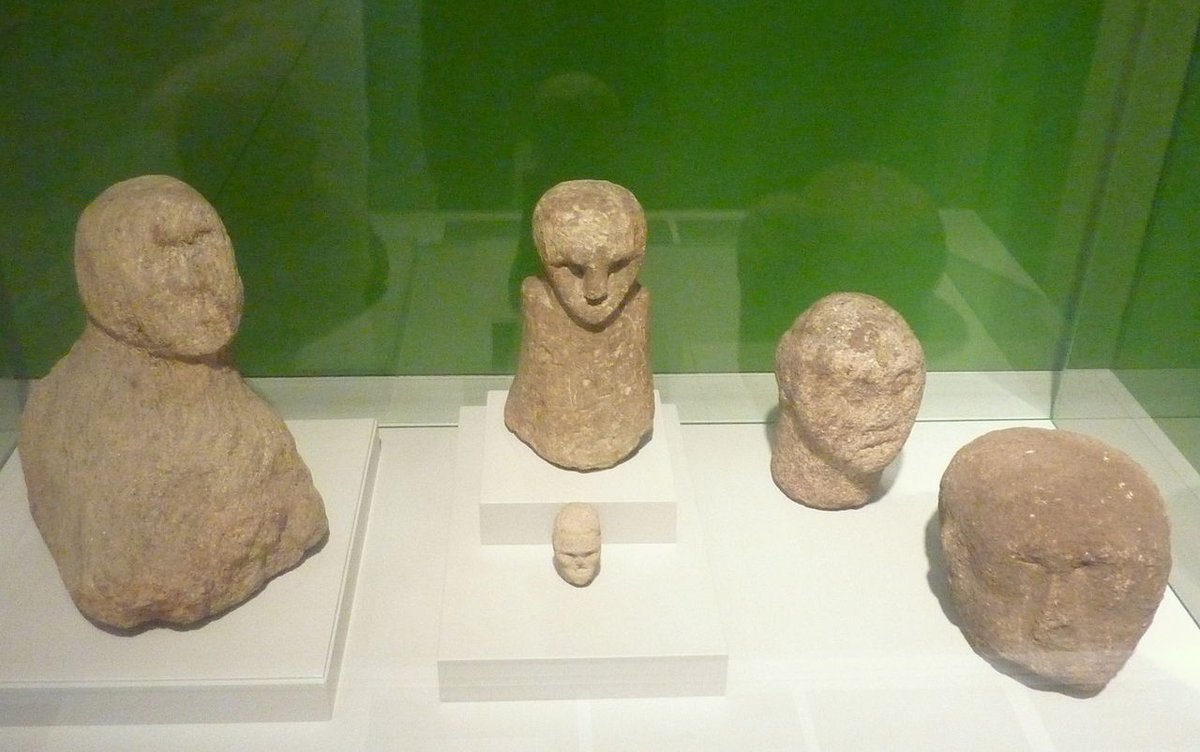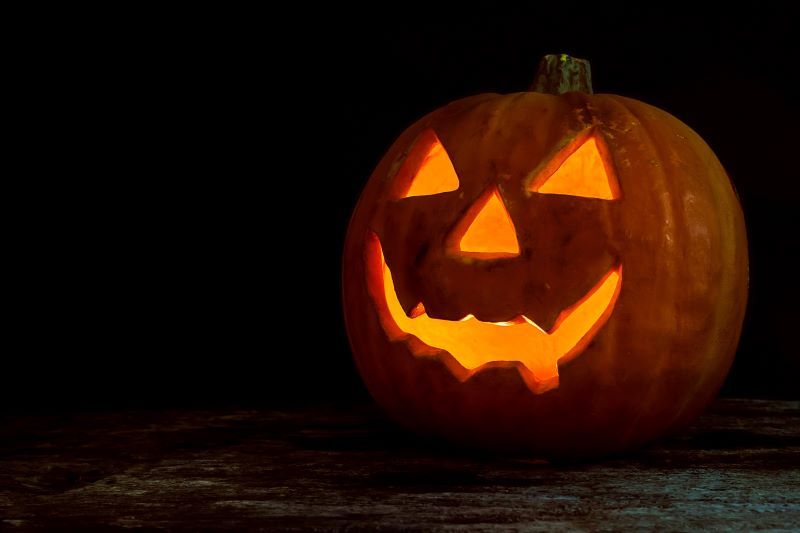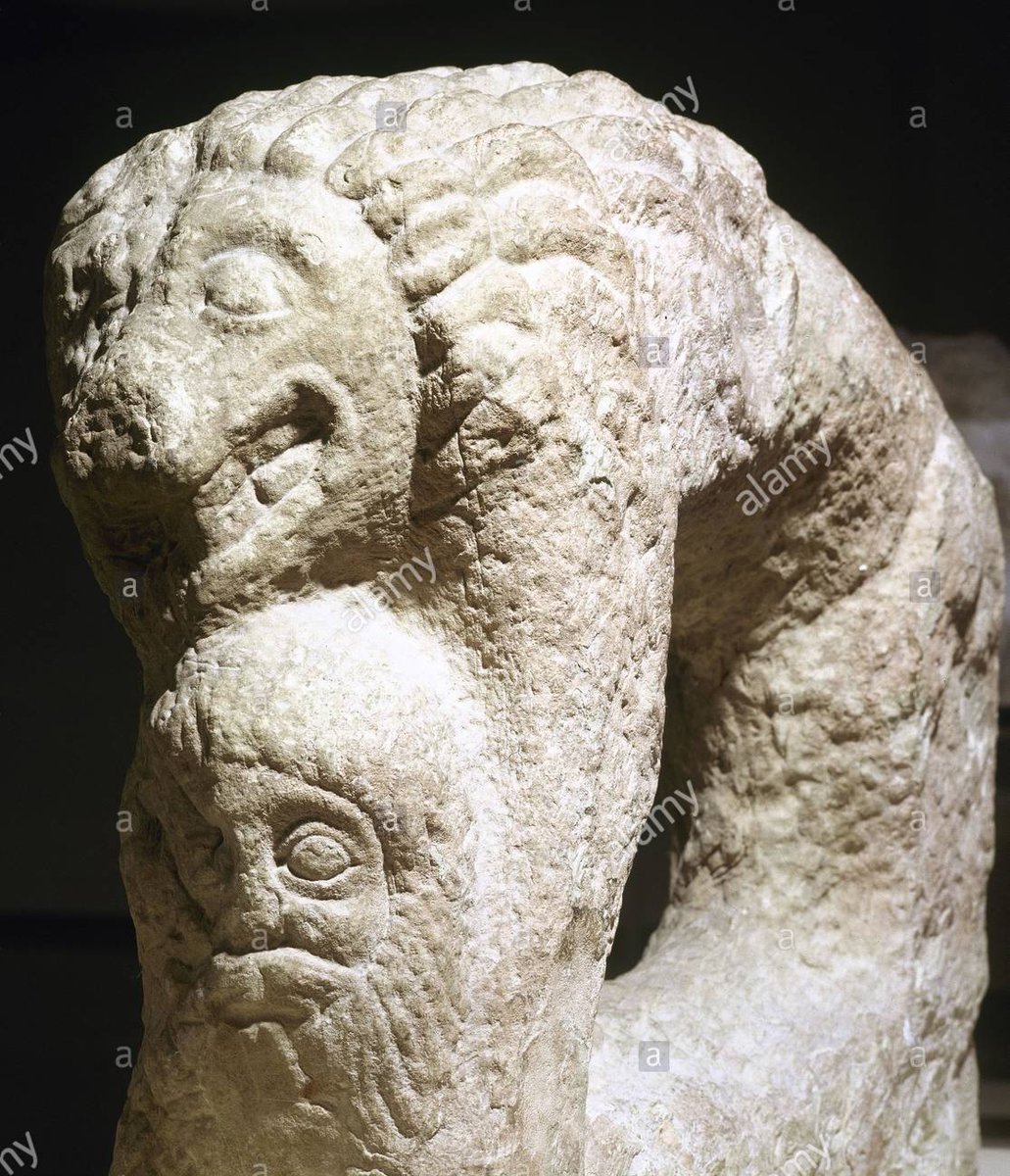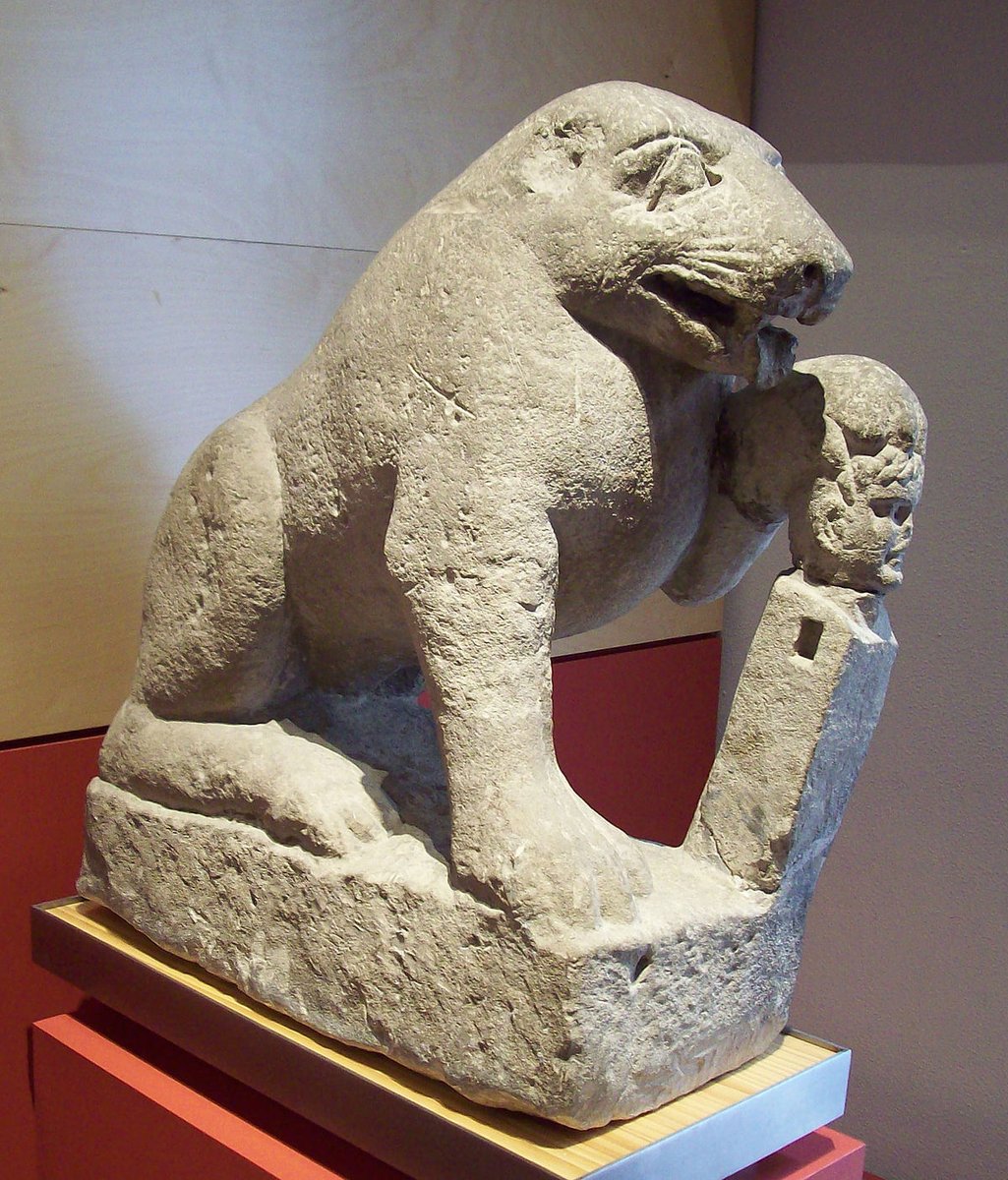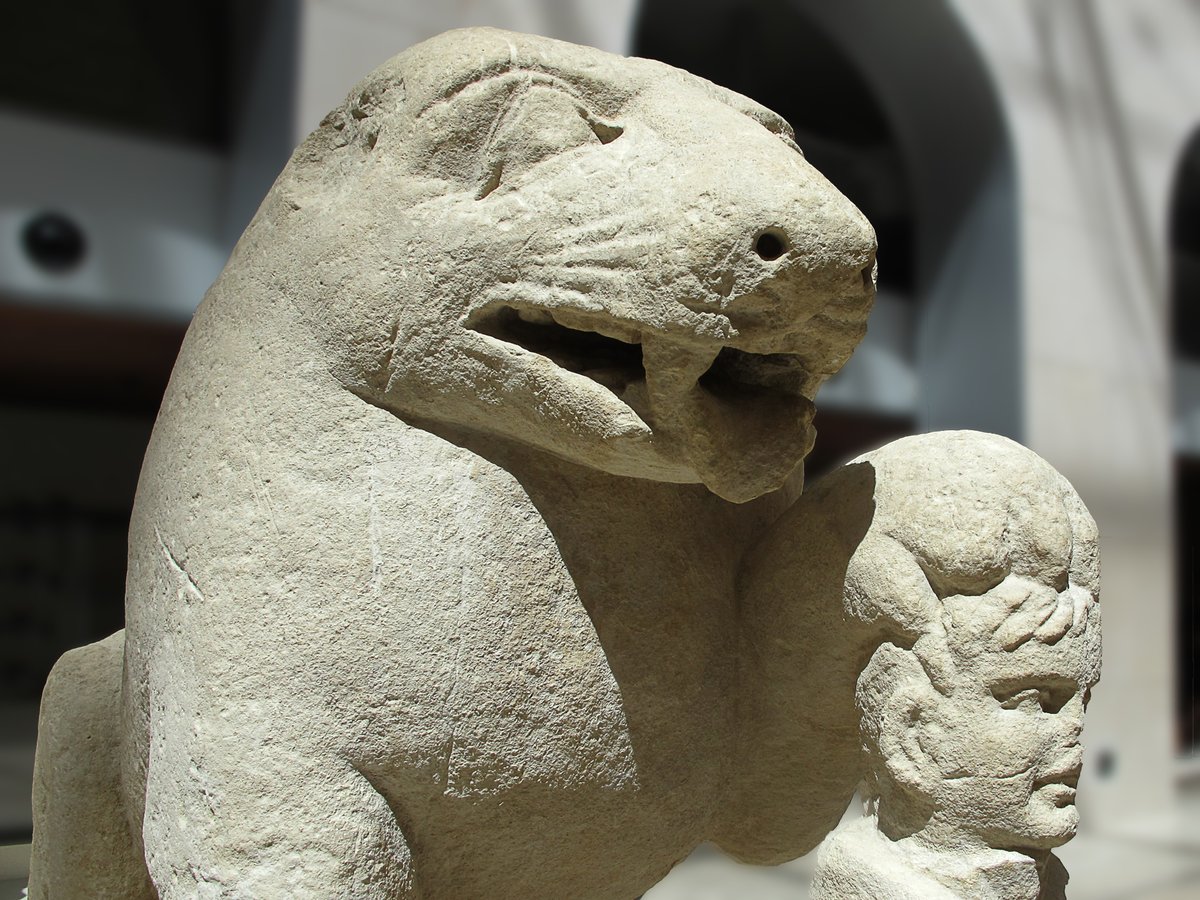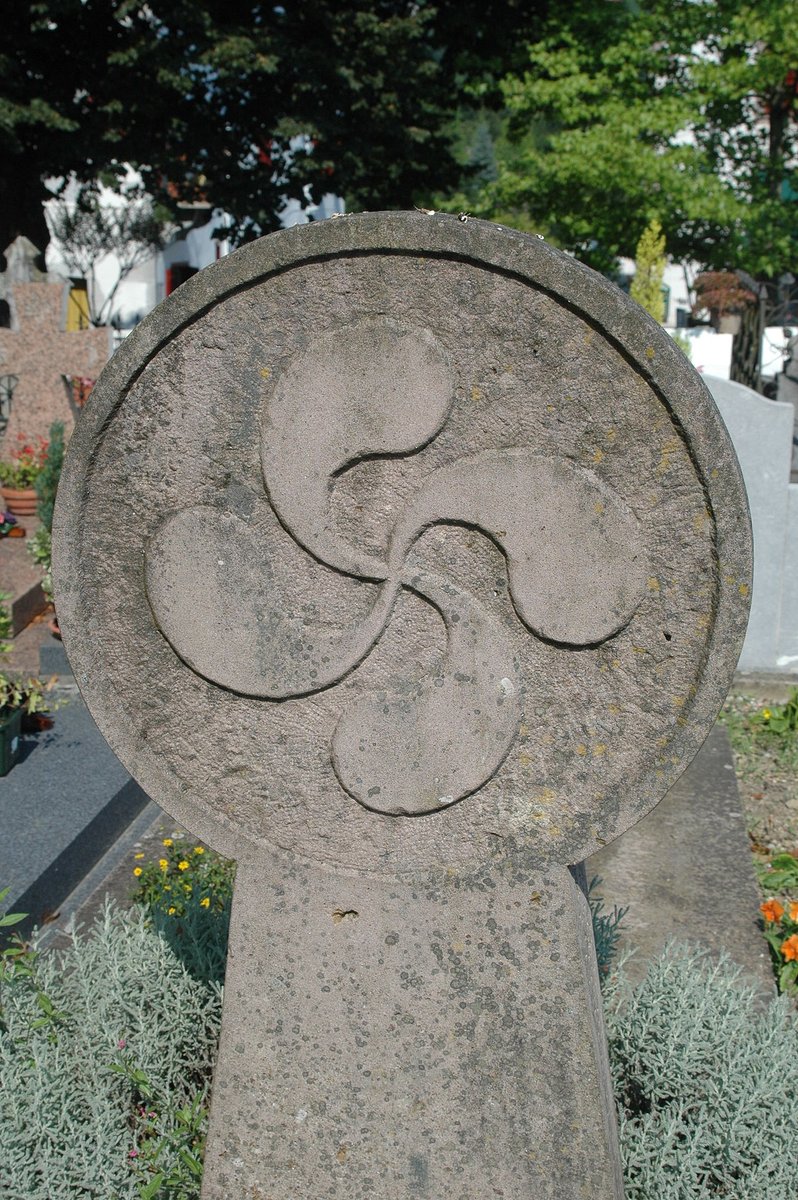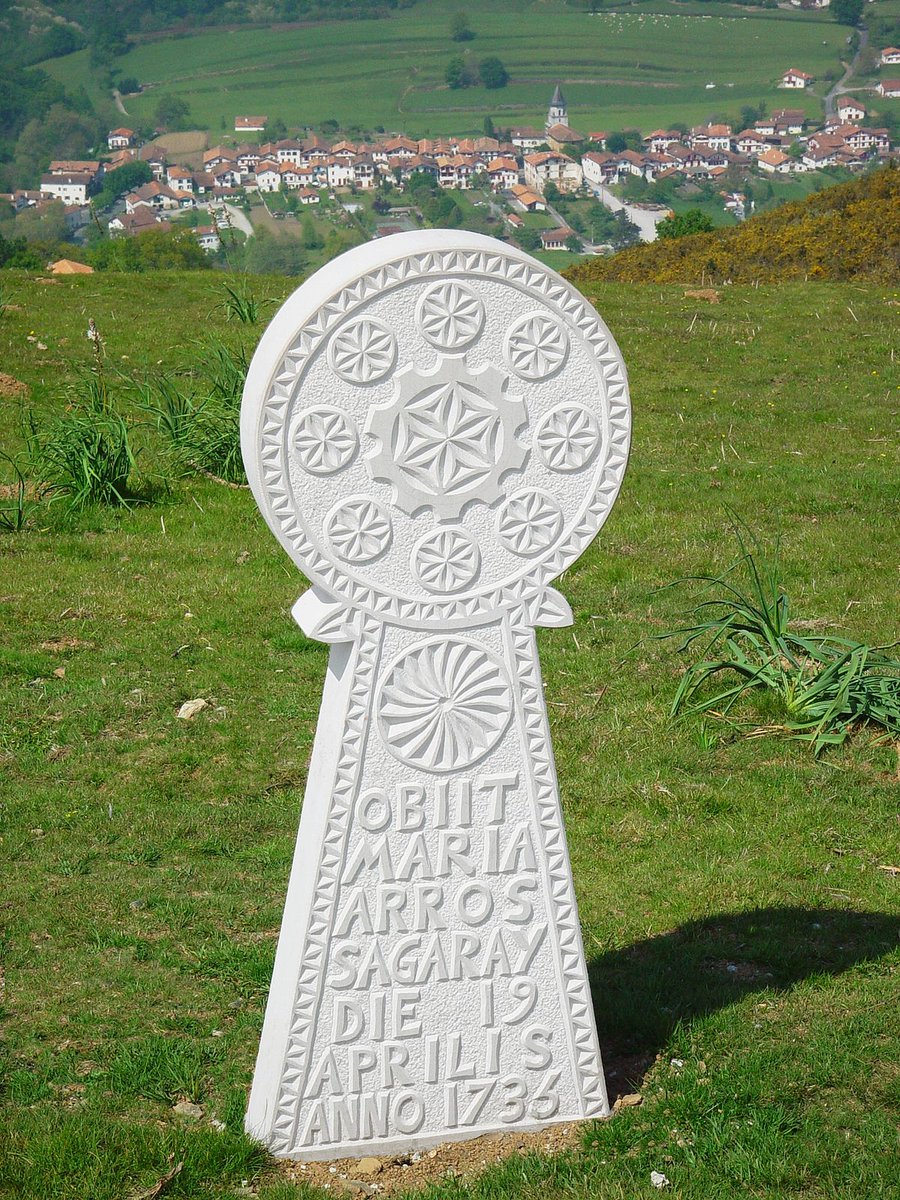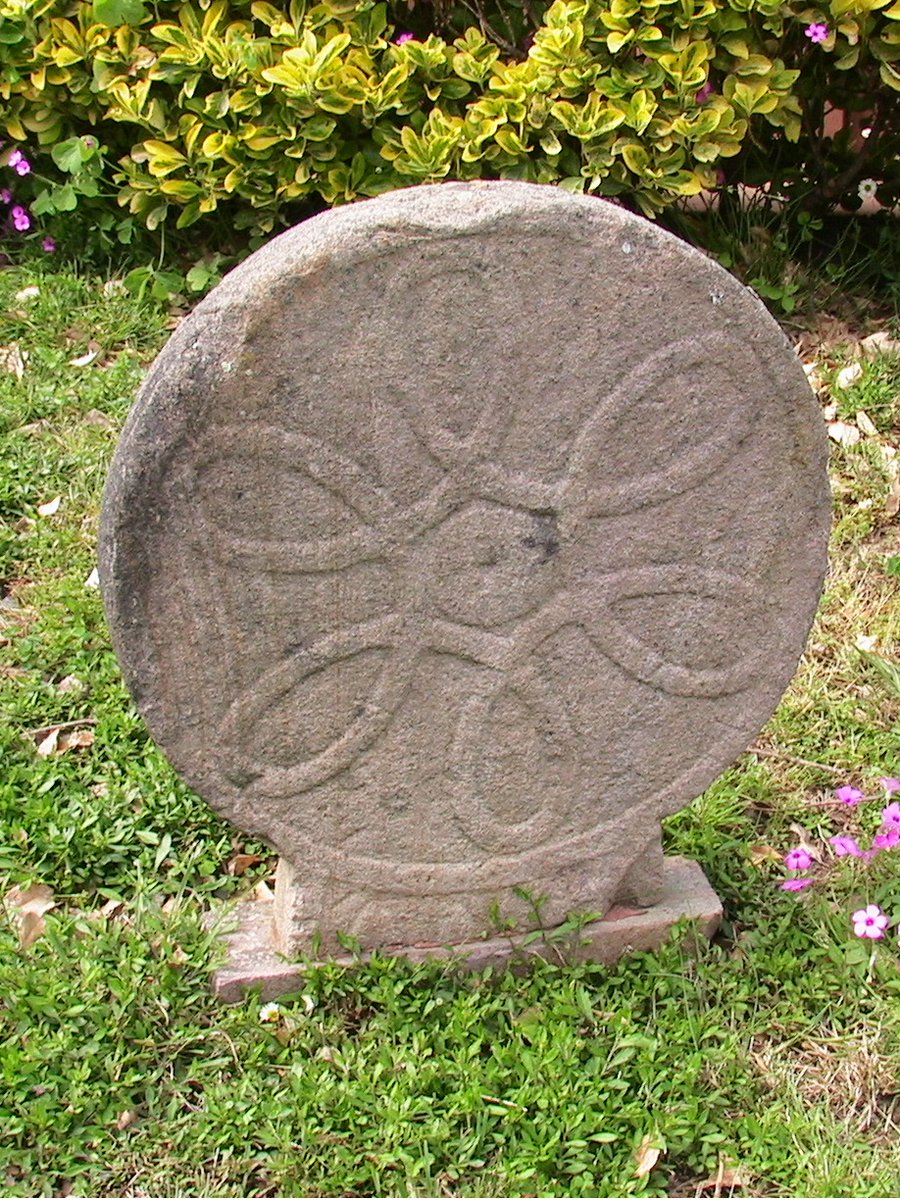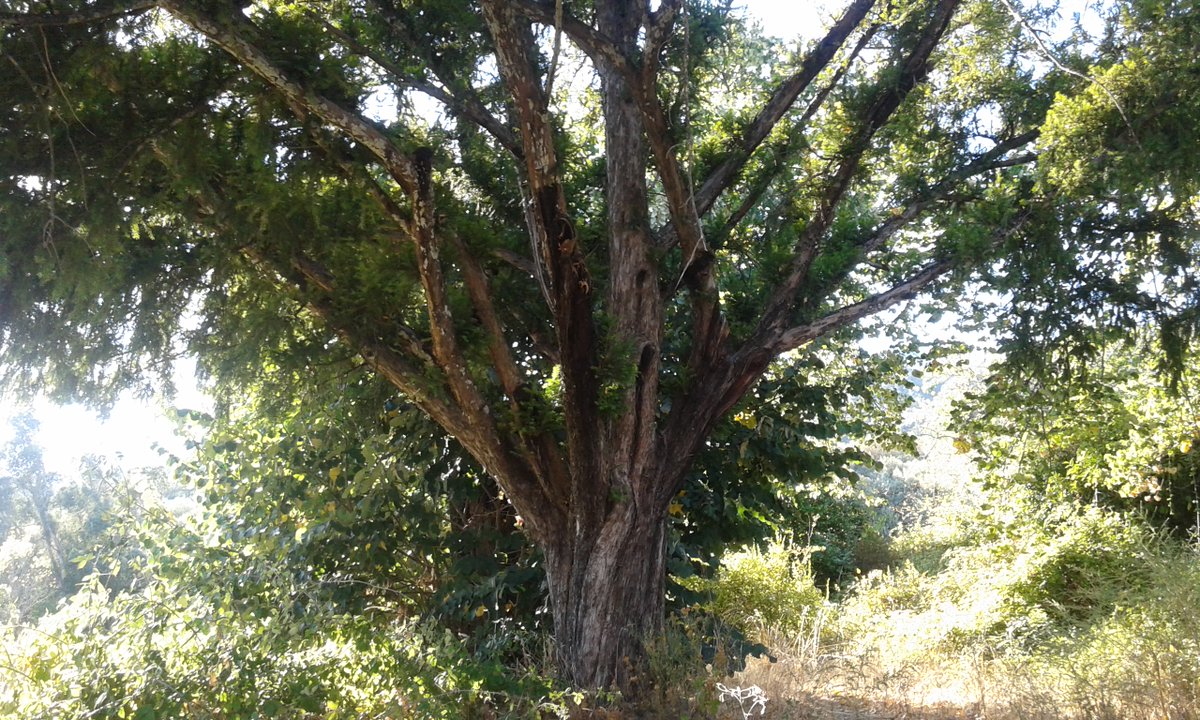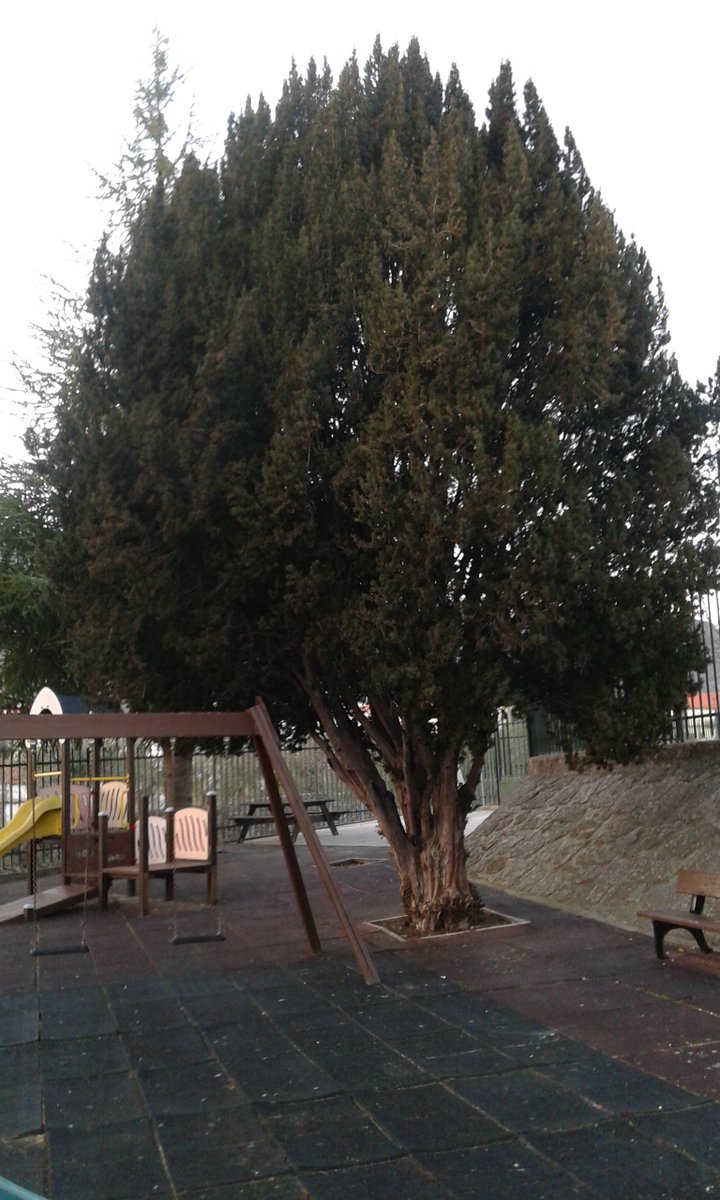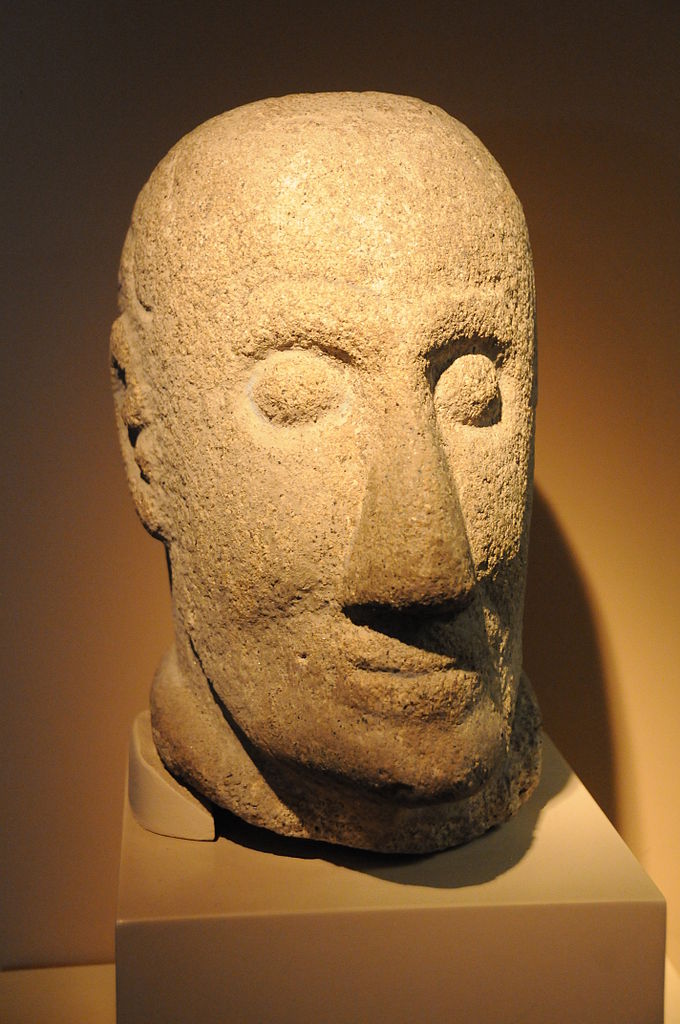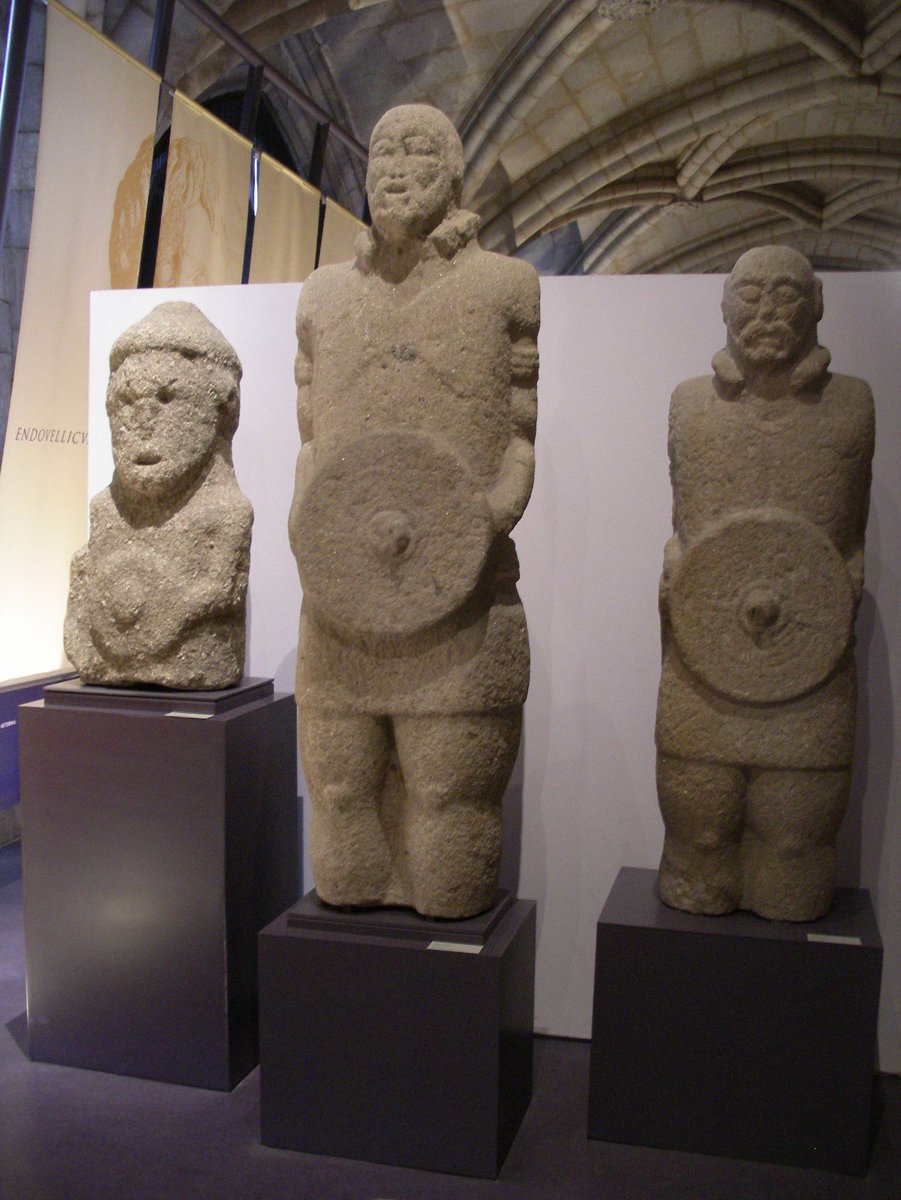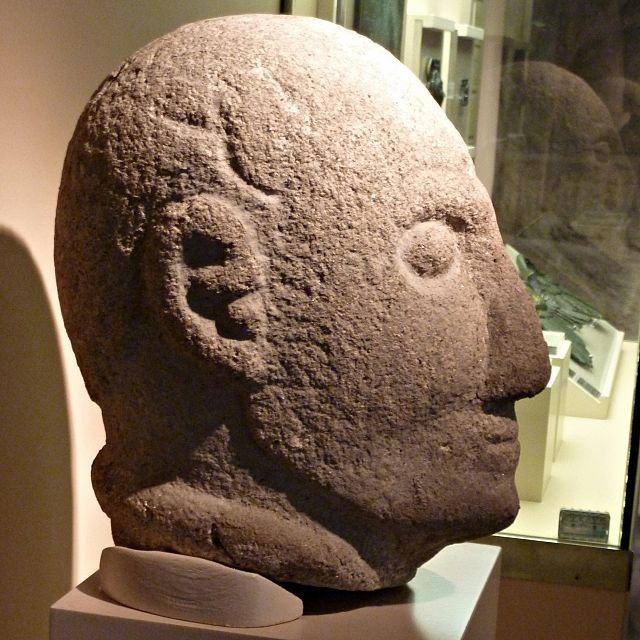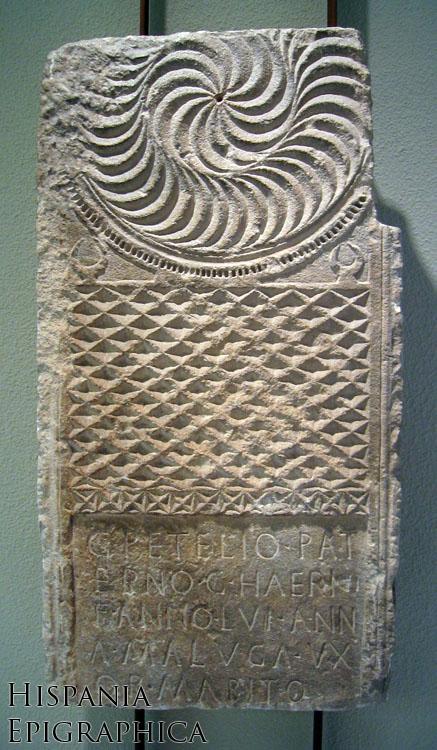1/ Thread about the funerary symbols of the ancient Iberians. From Lusitania to Euskal Herria.
Sorry beforehand for the quality of some pictures. Some of these are really difficult to find, printed only in low quality in academical papers... let& #39;s get started.
Sorry beforehand for the quality of some pictures. Some of these are really difficult to find, printed only in low quality in academical papers... let& #39;s get started.
2/ The Lusitanian and Gallaecian funerary stones are all rather similar. Swastikas, spirals and triskelions are common symbols found in them. We can also see depictions of the dead adorned with torcs, neck rings often worn by Celtic people. Yew leaves are another common engraving
3/ Additionally, animals were also found engraved on them, among which boars, goats and felines. Some also have lunar symbols. The moon is a symbol of the Western Iberian Goddesses Ataegina, Lady of Spring and the Underworld, and Nabia, a psychopomp and Goddess of Waters
4/ Another interesting feature of the Western Iberian funerary world are the berrões (Latin verres, "boar"), granite sculptures built from 5th century BCE to 2nd century CE by the Gallaecians, Lusitanians and Vettonians. They represent pigs/boars, wolves, bears, bulls and goats.
5/ The bull is a symbol of Reo, Western Iberian God of Thunder. The boar and wolf symbols of Endovelico, God of rebirth and the Underworld. The goat a symbol of Ataegina. The berrões served several functions: funerary guardians, representations of deities and boundary markers
6/ Now the severed heads. These are common in Portugal, Galiza and Eastern Iberia. In Portuguese and Galician, "crouca" or "coca" mean head/skull. It is also the name we give to the carved Halloween pumpkins. They have the same etymological root as Crouga: https://twitter.com/Herminius_Mons/status/1233484814960996360">https://twitter.com/Herminius...
7/ In the Gallaecian Castro Culture sculptures of severed heads were found. In Eastern Iberia, we have the Lion of Bienservida holding a human head, crafted by the Bastetani in 6th century BCE. Lion& #39;s paws were found at the end of the Lady of Baza& #39;s throne https://twitter.com/Herminius_Mons/status/1243593996779356160">https://twitter.com/Herminius...
8/ Similarly, in Southern Iberia, we have the Bear of Porcuna, having its paw over a human head. Found in a funerary context, it was crafted by the people of the Turdetani tribe in 1st century BCE. Are you starting to see the patterns and their meaning?
9/ In Basque Country, we have the very interesting Hilarri ("dead stone" in Euskera). They are round tombstones containing symbols of triskelions or the lauburu, the Basque swastika. Some date as late as the 20th century, meaning this tradition was carried over until modern times
10/ The similarity of the Hilarri to the earlier Western Iberian tombstones is obvious. But what does this all mean? The swastikas, the spirals, are all symbols of cycles: the cycle of life, death and rebirth. The yew? A nearly everlasting tree. A symbol of life, and death too...
11/ From the yew, the best bows were made, the weapon of the hunt. And here, we can establish a connection with the berrões, such as the bear and the boar. If we look at Greek Artemis, Goddess of the Hunt, we see her cults were around bears and may also be the origin of her name
12/ Besides, of course, the connections of the berrões to the Iberian Gods I stated earlier. And the heads? A symbol of the forebears, their skulls which have your past lives. Why are these animals holding them? They are guardians holding the ancestral memories you must reclaim
13/ The word "crouca" in Portuguese and Galician for the carved pumpkins, as well as head/skull now makes perfect sense. Recall that Halloween is a celebration of the dead. This also makes the relation with the God of Death Crouga even more plausible...

 Read on Twitter
Read on Twitter